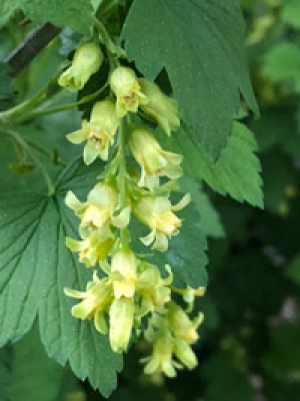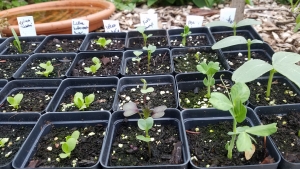

Drew Vandegrift
Drew enjoys tinkering with bikes, chasing salamanders and experimenting with yoga. He is passionate about wildlife and human environments and studied at Michigan State University. Drew received an undergraduate degree in wildlife ecology and a master’s degree in horticulture. At the Urban Ecology Center he stewards the land and continues learning from the natural world.
Eat your natives
Recently I have been reflecting on gardening and wildlife.
As a gardener, I enjoy pondering what food I can grow for myself and my family. Then I do my best to keep wildlife out of the garden.
As a Land Steward, I garden for wildlife. I consider what plants I can add to the land for the benefit of wildlife. Specifically, I ask myself “What wildlife species can I feed or provide shelter for?” And then “What plants do those wildlife need?”
Late Summer Garden Planting
It is harvest time in the garden. Berries and tomatoes are bursting and ready for plucking. The squash have exploded with growth. Lettuce has bolted and is showing its yellow flowers. Have you considered what could replace those plants? It is time to pull out those half-full seed packets. Get ready for a second harvest!
Spring Garden Cleanup: Mind the Wildlife!
Spring is a time of returning sunshine, new beginnings, and getting our gardens started! While we're enjoying getting outside and preparing gardens now more than ever, we know it's important to be mindful of the critters who have been overwintering in this space. Here's some insight on spring gardening in harmony with native wildlife and plants from Urban Ecology Center Assistant Land Steward Drew Vandegrift.
Copyright © 2023 The Urban Ecology Center





